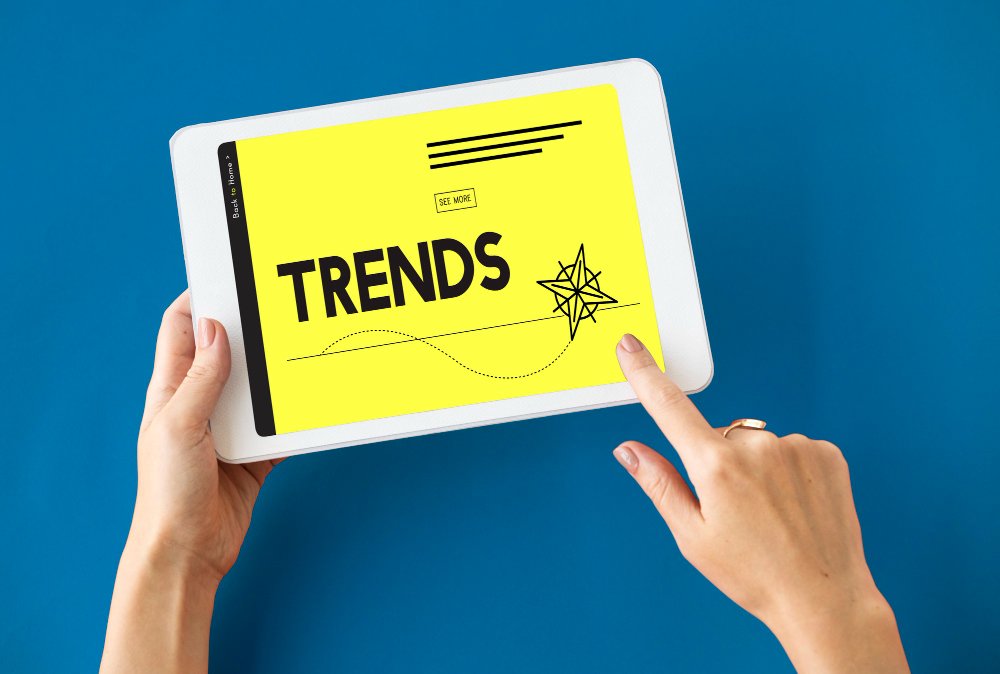Referral marketing is evolving faster than ever. Companies big and small are recognizing its importance in building brand loyalty, increasing customer acquisition, and growing revenue. But success in referral marketing requires staying on top of the latest innovations.
This blog highlights the latest referral marketing trends reshaping the way businesses engage with customers. Whether you’re a startup or an established brand, these insights will help you fine-tune your strategy.
Why Referral Marketing Matters More Than Ever
Referral marketing has always been one of the most effective ways to capture new customers. Why? Because people trust the recommendations of their friends, colleagues, and family far more than traditional advertisements. According to Nielsen, 92% of consumers trust referrals from people they know.
Today, the digital age has amplified the power of referrals. With more people connected through social platforms and mobile devices, sharing a product or service with just a few clicks has never been easier.
Successful referral campaigns are no longer optional; they are critical for businesses looking to thrive in a crowded marketplace. But what are the emerging trends driving this success? Let’s explore.
Personalization and Customization in Referrals
Consumers now expect marketing to feel personal, and referral campaigns are no exception. Businesses are prioritizing personalization and customization to make their referral programs resonate at a deeper level with their audience.
Before diving into the latest trends, it’s helpful to clarify how referral marketing fits into the broader marketing landscape. Learn more in our guide: Is Referral Marketing Outbound or Inbound?
Why Personalization Works
A personalized experience creates a stronger emotional connection with customers. For example, instead of sending out generic referral emails, businesses are now tailoring messages based on factors like:
- Previous purchases
- Browsing habits
- Demographics
Even referral incentives can be customized. For instance, you can offer exclusive discounts or rewards that align with customers’ preferences, such as special deals on products they’ve interacted with in the past.
Example in Action
Amazon’s referral program allows users to customize how they share referrals. Customers can recommend specific products, tailoring the referral to the recipient’s preferences. This personalized touch makes the referral far more impactful.
Leveraging Social Media for Referral Programs
Social media is no longer just for brand awareness or customer engagement; it’s now a powerful driver of referral traffic. After all, your customers are already spending significant time on platforms like Instagram, TikTok, and Facebook.
Why Social Media Matters for Referral Marketing
- It simplifies sharing. With built-in sharing buttons, your audience can promote your business to their followers effortlessly.
- It amplifies your reach. A single social media referral can quickly gain traction through likes, comments, and shares, reaching hundreds or even thousands of potential customers.
Tactics That Work
- Enable easy social sharing within your referral program interface.
- Partner with influencers to amplify your referral campaigns.
- Include eye-catching visuals or videos that users are likelier to share in their networks.
A Real-World Example
Take Airbnb’s referral program. By incorporating shareable content and step-by-step instructions on how customers can refer friends through social media, they’ve significantly increased user adoption and growth.
Gamification and Rewards to Boost Engagement
Gamification in referral marketing is one of the most exciting trends right now. By turning the referral process into a game, companies are driving engagement while making the experience more fun and rewarding for customers.
What Gamification Looks Like
- Adding milestones to the referral process with tiered rewards.
- Creating leaderboards to rank top referrers.
- Offering bonus points for actions like sharing on social media platforms or making repeat referrals.
The Appeal of Rewards
Rewards don’t just have to be monetary. For instance, companies are enticing users with exclusive experiences, early product access, or free upgrades.
Case Study
Dropbox revolutionized referral marketing by gamifying its system back in the day. New users could earn additional storage space for themselves (and their friends) by sharing Dropbox with others, driving rapid user growth.
Mobile Optimization for On-the-Go Referrals
More than half of all online activity now happens on mobile devices. Naturally, for referral programs to be successful, they have to be designed with mobile-first users in mind.
Why Mobile Optimization is Key
- Mobile users want a seamless experience, whether browsing, signing up, or sharing a referral link with their contacts.
- With mobile apps, brands can push referral notifications directly to users, increasing engagement.
Industry Tip
Ensure your referral program:
- Loads quickly on mobile
- Has a simple, user-friendly interface
- Integrates easily with mobile messaging and social apps for sharing.
Example
Starbucks has developed a mobile-optimized referral program within its app, enabling customers to effortlessly refer friends directly via text or social media. Loyal customers are rewarded with points or free drinks, making the program a hit.
Data Analytics to Track and Improve Performance
Finally, data analytics is emerging as the backbone of successful referral marketing campaigns. By leveraging analytics, businesses can continuously refine their programs to maximize ROI.
What to Track
- Referral performance metrics like click-through rates, conversion rates, and average reward value.
- Customer behavior patterns to identify what motivates them to refer others.
- Insights gained through A/B testing different reward types and messaging.
Example of Analytics in Action
Slack, known for its hyper-growth, uses robust analytics to track how users onboard and refer others. This data-driven approach has allowed them to fine-tune their incentives and remove any friction from the referral process.
With modern tools like Google Analytics and Mixpanel, tracking referral performance has never been easier, even for smaller businesses.
Maximizing Referral Marketing for Business Success
The referral marketing landscape is changing, driven by personalization, social media, gamification, mobile trends, and data analytics. Businesses that adapt these trends to their referral strategies can expect to see greater customer acquisition, stronger loyalty, and improved ROI.
Are you ready to take your referral marketing strategy to the next level? These advancements might seem overwhelming, but you don’t have to do it alone. Take the first step by integrating the trends that resonate most with your business model.
Want expert guidance on crafting the perfect referral marketing strategy? Stay ahead of the curve by subscribing to our newsletter [insert link] for actionable tips and industry insights.







